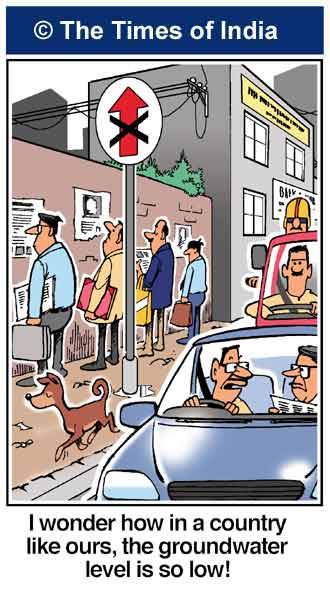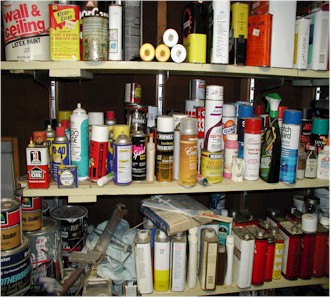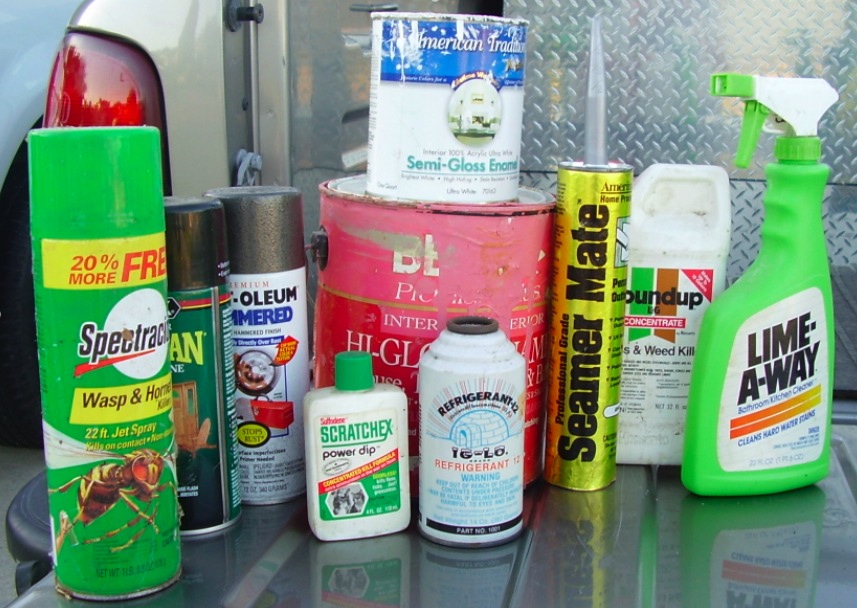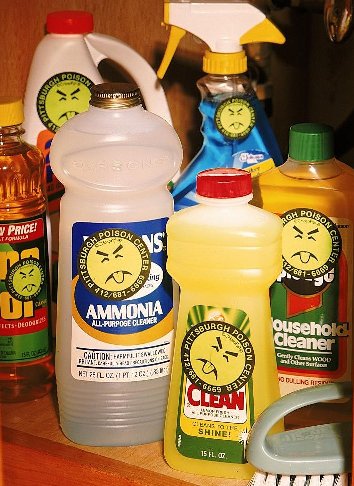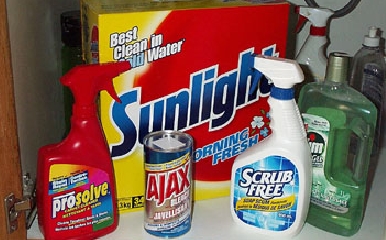In Bengaluru, 500 years ago, there was a drive to change the climate to a cooler one. And an intense drive to heat it today exists. Man can create local weather and it depends on the society’s values and the economic system it adopts as to which gets created.
Note: Bangalore and Bengaluru are the two names for the same city, and Kempe Gauda and Kempegowda are two ways to spell the name of it’s founder. They are used to delineate eras in this essay.
The rocky plateau of Bengaluru was originally a combination of grassland and scrub and thorn forest, with small trees. WIthout a historical record of the original climate, we can conjecture that is was warm and dry, similar to Kolar and Chikballapur districts nearby, possibly receiving only about 300-400mm of rain, with the temperatures somewhere in the low-thirties.
In recorded history, two different climates were created in Bengaluru, by man.
Bengaluru’s first man-made climate change
In 1537, Kempe Gauda I started to work on his dream – a new fortified city. A regular dream – ambitious ruling class members always dream of expanding territory, erecting victory towers, building a walled city by a river or port. But Kempe Gauda’s vision was difficult: to build a city where nothing existed. Nothing. No rivers, no tropical forest, no resources. To achieve his dream he had to first create all the resources the city would need.
Lakes as the foundation
Bengaluru is the only city in the world that does not have a river feeding it. A city cannot exist without water and Kempe Gauda started on his vision by creating a supply of water, a perennial supply, where only a couple rainfed tanks existed.
Kempe Gauda and successors continued to build on his vision, hundreds of more tanks were built and the an incredible network of kaluves (canals) was built to connect them all. The lakes of Bengaluru have always attracted attention, but it is the kaluves that make them work. Over a thousand kilometers of these lake-connectors ensured that not a drop of rain left Bengaluru’s three valleys until all tanks were filled. Work on this design followed for generations of rulers; the Wodeyars in the last century continued to build kaluves and tanks and a couple of lakes were even added by influential citizens and farming communities. It was India’s famous tank culture on steroids.
A water culture was created. Everyone knows water is life, but to conserve and protect it became Bengaluru’s religion. For centuries the lakes remained pure and one could drink from them because nobody would let any waste enter the lake system.
But the problem shifted from water storage to water itself – there was not enough rain to satiate a growing population.
The world’s first air-conditioned city
How can we attract rain? We see how extraordinary Kempe Gauda’s vision was because of its results. He and his successors knew that if Bengaluru grew a forest, it would rain.
And so a major investment into tree planting was made. It was also an activity that continued for centuries. As the forest grew, it breath became bigger and started influencing the climate. The water released from the trees as transpiration and from the lakes as evaporation formed low-lying clouds and then came down as gentle showers.
The temperature dropped. Bengaluru became the coolest city in the south and later the coolest in the summer across India.
This attracted more rain from the monsoons that earlier would pass by without interest. Now the monsoon clouds, lightened after crossing the western ghats, dipped lower due to the cooler climate and shed some more of their weight – rainfall more than doubled.
The world’s first fully air-conditioned city was born. It is said that in 1835, Bangalore had temperatures of 14-16°C at peak summer time. This AC needed no energy and was almost zero maintenance.
The problem of water scarcity was solved. The Vrishabhāvati river – that carried excess rainwater off the rocky plateau started flowing out of the city perenially. Other side-effect such as the creation of a rich layer of topsoil that remained moist and a high water table also created lasting benefits in food security and livelihoods.
Economics for cooling – Kempenomics
Economics is a social creation. In this article, we will refer the economic system used in South India five centuries ago as kempenomics and today’s system as smithanomics, just for the sake of this article.
In kempenomics, there was no GDP number to grow, no single number to worship. Thus, kempenomics did not reduce other sacred beliefs, it retained and strengthened the religious beliefs. Land, water – all of nature – had social and spiritual value and connections with them were not broken. Rather relationships with them were nurtured and even revered. A culture that involved sacred relationships with water (all rivers were named after goddesses) and actively demanded conservation could flourish. The commons and the common good had status in kempenomics, and improving both, created value.
A most attractive city (with limits)
The salubrious climate of Bengaluru attracted many rulers and it was exchanged several times. In 1806, the British made it their military cantonment – a city-state inside the expanding boundaries. It attracted many Europeans, Anglo-Indians and missionaries.
The sacred water culture gave way to an engineered water culture. Traditional tanks gave way to soup bowl style tanks to store more water to satisfy rising demand. A demand fueled by a growing population and a new lifestyle of consumption.
Water was brought from new reservoirs farther and farther away as electricity and motors made their way into the planner’s hands.
In as early as 1923, planners documented that: “[Bangalore] is unsuitable for development as an industrial center on a large scale.”
When the British left, the city still continued to grow, especially in scientific research and aeronautics. While Bangalore’s reputation as the Garden City remained intact, sustainability indicators started moving off the charts and some foresaw water issues.
Bangalore’s second man-made climate change
While the first man-made climate change is an opinion, the second is fact. Experienced palpably by all the residents. In the 1960’s Bengaluru started getting transformed. Ironically, it was the reverse transformation of Singapore. Singapore recognized its cesspool conditions and started cleaning up and creating lakes for water security. Bengaluru’s lakes were destroyed and the remaining ones converted to sewage-fed cesspools.
The great transformation took off with the complete adoption of smithanomics in the 1990’s. It was to transform this cool city back to a warm dry place and, even beyond, into a hothouse.
‘Calakes’ – the new lakes of Bangalore
To warm up a cool city takes a lot of heat. How do you generate massive amounts of heat?
Bengaluru had two big coolers – trees and lakes.
The groves of trees, hundreds of years old, with trunks as wide as cars were axed. In smithanomics, the value of a living tree is zero, but the activity of cutting down trees and the resources from their chopped-up state both add measurable increase to the economy. With such a system, it is easy to build momentum and about 85% of the vegetation was lost between 1992-2009 as per a study by Dr. T V Ramachandra and Dr. Bharath H Aithal from Indian Institute of Science (IISc).

Cutting trees, that slow down rainwater flow and create moisture both in the root zone and in the air above, is not enough, you have to replace them with heaters. Thousands of ‘calakes’ – concrete and asphalt lakes (which include roads, parking lots, malls, and office complexes) come into being at faster and faster rates.
Trees use solar energy to produce oxygen, moisture, and fruits while providing shade and soil and slowing down the rain. In contrast, the ‘calakes’ use solar energy to only produce heat, perfectly and efficiently. They heat up quickly, stay warm, and release the heat later, both into the ground and the air.
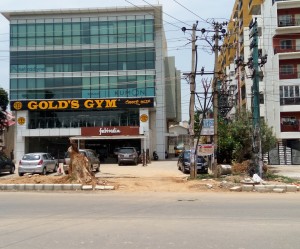
Flyovers take this heat generation to new levels of efficiency. A flyover basks in the sun, is dark in color, and thus can easily become hot enough to cook on.
Lakes of water keep the ground and air cool and moist. So we replace water bodies with ‘calakes’ too. While it is not possible to own lakes privately in India, by exasperating the normal dry cycles of Bangalore’s lake system allowed them to look like unoccupied and unsold land. The conversion (destruction) of lakes created much financial activity for builders, bureaucrats, politicians, and banks. And consumers and investors flocked in to own homes (and offices). In addition, since a quality water supply became absent, tankers and household filters become prominent. Amazing progress when calculated in smithanomics terms.
Kempe Gauda remains Bangalore’s hero; his name is kept alive even in creations that dismantle his vision. Bangalore’s largest heater, close to Kempe Gauda’s village, is named after him. Larger than all the remaining lakes of Bangalore combined, this ‘calake’ is well over 1,000 hectares (2,500 acres) in size, much more if you consider the elevated highway to get to it. It is the Kempegowda International Airport.
Heating appliances galore
The second source of heating comes from all our appliances. Cars, trucks, diesel gensets (DGs), refrigerators, outdoor lights, and other big items of course generate the most heat. But millions of smaller appliances such as set-top boxes, microwaves, … all the way down to chargers also end up contributing to local heating.
The laws of thermodynamics inform us that all appliances that use the transformation of energy will generate more heat than the actual work performed. So refrigerators generate around four times as much heat as they cool.
We love our cars, which are truly efficient heaters. Modern gasoline engines have a maximum theoretical efficiency of about 25% to 30%. In other words, even when the engine is operating at maximum efficiency (which requires beautiful design, quality construction, good lubrication, and steady operation at high speeds), about 70-75% is sent out as heat – energy not used for turning the crankshaft (note there is further energy loss in turning tires, which also need to be properly inflated, balanced, aligned, etc.). In Bangalore traffic, only a couple of percent of the fuel burnt in the engine goes towards transportation. Heating efficiency is more than 90%. More if the car has an AC.
The particulates in the emissions also impact climate. They coat the leaves of the remaining trees reducing their vital functions. Haze also retains heat compared to clean air.
Air-conditioners have to be highlighted for two reasons. They are the most efficient heating appliances made – well over 90% of energy goes towards heat. For every unit of personal cooling created, around 99 units of heat are sent outside. One way to state is that for very short-term cooling 1% of the population, 99% (actually 100% in the long-term) have to warm up. ACs are also the main reason why state power generation cannot keep up with demand and thus DGs are required: efficient heaters plus airborne particle generators.
Economics for heating – Smithanomics
The head of Harvard’s Anthropology department, David Maybury-Lewis, eloquently stated: “The driven economy is accompanied by a restless and driven society. The educational system teaches children to be competitive and tries to instill in them the hunger for personal achievement. Drive is esteemed and required of business executives and even anthropologists if they want to be promoted.” Smithanomics makes countries measure their economy by a single indicator of increasing financial activity. Personal wealth is made the goal for individuals with the means of acquiring the wealth as unimportant. This breaks all links to religious beliefs and the sacred. Unbridled drive (greed) with no limits is unleashed as the necessary driving force of society.
In smithanomics, personal consumption (strongly linked to and confused with the term ‘personal freedom’) drives the economy, so creating more devices for individual is highly valued. In addition to being touted as a solution to commuting problems, private cars have high status. If the side-effects, in heat or pollution, are bad, it actually increases the economy, for example, as more people install personal ACs and start using air filters.
Since the focus is to sell more appliances and, as a result, even more energy will be consumed, our make-in-India heating effect will only increase. New technology like led lights, solar panels, and lithium batteries promise more efficiency but in a smithanomics system of perpetual growth, they can only marginally slow down further heating – they cannot reverse the trend.
A public AC, especially a free one such as old Bengaluru’s, would not generate enough economic activity and would be labelled backward, as many of our historically sound personal and social practices.
Man is seen as a one-dimensional being – homo economicus – and as Maybury-Lewis continued: “Other human capabilities – for kindness, generosity, patience, tolerance, cooperation, compassion – all the qualities one might wish for in one’s family and friends, are literally undervalued.”
The Oven City
Bangalore not only becomes hot, it also becomes dry.
With the removal of cooling lakes and trees and replacing them with highly efficient large heaters – the ‘calakes’ – and the addition of billions of smaller heaters, a towering pillar of heat emanates from the new city. This ferocious pillar pushes monsoon clouds higher and to the side. So rainfall events start getting reduced.
The monsoon is still mighty. Once in a while it will overpower the pillar of heat and heavy clouds will descend. And it will rain heavily. Intensely. Precipitation that took hours can happen in minutes.
Instead of regular gentle showers we will see a few of these heavy downpours resulting in floods and very little capture into the little left of Kempe Gauda’s system.
Now Bangalore is hot and dry and extremely dusty. We have transformed the Garden City into the Oven City. Rapidly. The first climate transformation for Bengaluru started took at least three centuries; the second transformation for Bangalore took only a few decades.
Entirely man-made. Local make-in-Bangalore, no credit to be given to global warming.
We don’t have a visionary for this new Bangalore to give credit to. To work on the common good is being socialist. To work on improving the commons is for NGOs. So current leaders will hesitate in taking credit in these areas. Of course, while it is said that destroying the commons is the price of economic progress, no leader wants that deed on their record.
What’s next for Bangalore?
Current leaders want it to become a ‘smart city’. That might mean having lots more sensors to track temperature and then visualize the heat on smartphones (a smart oven!). Great for the smithanomics fans; for the majority of humans, it boiling in a cooker.
In cooking, the flame is hot instantly, but a pot of water takes a while to boil. Similarly, while we turned on heaters in Bangalore a couple of decades ago, climate change took a bit of time. That lag is over. Bangalore’s climate in 2016 has reached the boiling point. Breaking all its records and showing higher temperatures in April than Chennai, Goa, and Mumbai.
The residents complain helplessly as they see the future snatched out of the present. It is not nostalgia that makes people lament the transformation of the places they call home. It is the conversion of life-affirming visionary cities to something with skin-deep beauty that does not support life. The replacement of a cool home surrounded by lakes with fish and trees with birds and inhabited by a connected community that reveres the space with a hot concrete structure in a cesspool filled with plastic waste and sewage, engulfed by sooty air inhabited by burnt-out, worried, isolated people is bound to make everyone unhappy and angry.
The same fate awaits every Indian city. Even if it has a river going thru it.
he folks building the new capital of Andhra Pradesh are visionaries, but of which kind is the question. Riding on the momentum of smithanomics and led by foreign consultants, they are unlikely to see Kempe Gauda as their role model. The result there is likely to be the same as the new Bangalore.
Heat pollution ranks far behind all the other pollutions in people’s eyes, until now. In 2016, it has made a noticeable impact, whether it is enough to act on is the question.
There is a movement in Bangalore to stop further destruction of the few remaining lakes and last few meters of kaluves. But there is no movement to reduce the total heat generated. To actually increase cooling. In kempenomics, we would follow Will Rogers’ advice: “If you find yourself in a hole, the first thing to do is stop digging.” In smithanomics, that would be against the system and labelled anti-progress. Instead we dig faster. Maybe we can reach 45℃ in 2017. Why not try to win the gold in the climate change olympics with 50℃?
Of course, we could always choose to move to a new economic system, kempenomics or another modern avatar, where people and nature matter, under which we could create a city with a pleasant and cool climate for the benefit of all.
– Rajesh works on sustainability: physical, social, and spiritual. He actually did study climate change in college.


